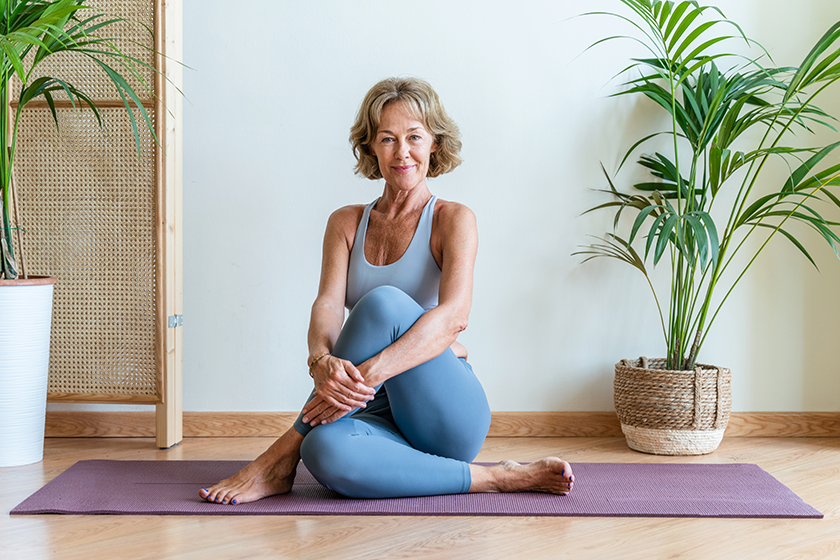As your loved ones age, maintaining overall balance becomes more important than ever. Yoga offers a gentle yet effective way to promote these aspects of health, improving both physical movement and overall quality of life. With regular practice, yoga can help older adults maintain an active lifestyle, enhance balance, and reduce the risk of falls while also improving seniors’ mobility and flexibility.
Promoting Better Posture and Alignment
Yoga encourages better posture, which is especially important for older adults who may begin to experience stiffness and discomfort due to aging. As your loved ones engage in yoga, they will develop stronger muscles that support the spine, helping to maintain proper alignment. When posture improves, it also reduces the strain placed on muscles and joints, making everyday movements more comfortable and fluid.
Incorporating poses that focus on spinal alignment can significantly improve your family member’s movement patterns. These poses help maintain the natural curves of the spine, preventing stiffness and promoting more natural, pain-free movement. Better posture supports mobility and allows for greater flexibility during both rest and activity.
Increasing Strength and Range of Motion
Yoga is known for its ability to increase both strength and range of motion, two key factors in maintaining seniors’ mobility. Regular practice of yoga poses strengthens muscles that may weaken with age, allowing for smoother movement and improved endurance. Stronger muscles reduce the risk of falls and improve balance, making everyday tasks easier to perform.
Alongside strength, yoga also promotes flexibility by stretching muscles and joints. This combination of strength and flexibility can lead to greater freedom of movement and help older adults navigate their surroundings with confidence. The more mobile and flexible a person is, the less likely they are to experience discomfort or difficulty in day-to-day activities.
Enhancing Balance and Stability
One of the most valuable benefits of yoga for older adults is the improvement in balance and stability. Certain yoga poses are specifically designed to increase coordination and prevent falls, a common concern among the elderly. As your family member practices these poses, they will develop a stronger sense of balance and control over their body, reducing the risk of accidents.
The slow, deliberate movements in yoga help older adults become more aware of their bodies, improving their overall stability. When your loved one’s body is more stable, they will feel more confident when moving around their home or engaging in physical activity. This enhanced balance plays a significant role in improving both their mobility and quality of life.
Reducing Chronic Pain and Stiffness
Yoga can help alleviate chronic pain that may interfere with your family member’s movement and flexibility. Stretching and strengthening exercises in yoga reduce tension in the muscles and joints, which can relieve pain caused by conditions like arthritis. Over time, gentle yoga practice can decrease stiffness, allowing older adults to move more easily without discomfort.
In addition to reducing physical pain, yoga helps foster a sense of relaxation, which can reduce the mental strain that comes with chronic pain. Your loved ones will feel better equipped to handle the demands of daily life as yoga addresses both their physical and emotional well-being. This holistic approach makes yoga a highly effective tool for managing pain and improving mobility.
Yoga for Improved Mobility and Flexibility
Yoga is a fantastic way for older adults to maintain and even improve their mobility and flexibility. Through gentle poses and mindful movements, it helps alleviate pain, strengthen muscles, and boost balance. When practiced regularly, yoga can enhance physical health and promote mental well-being, allowing your loved ones to live an active, independent retirement lifestyle.







